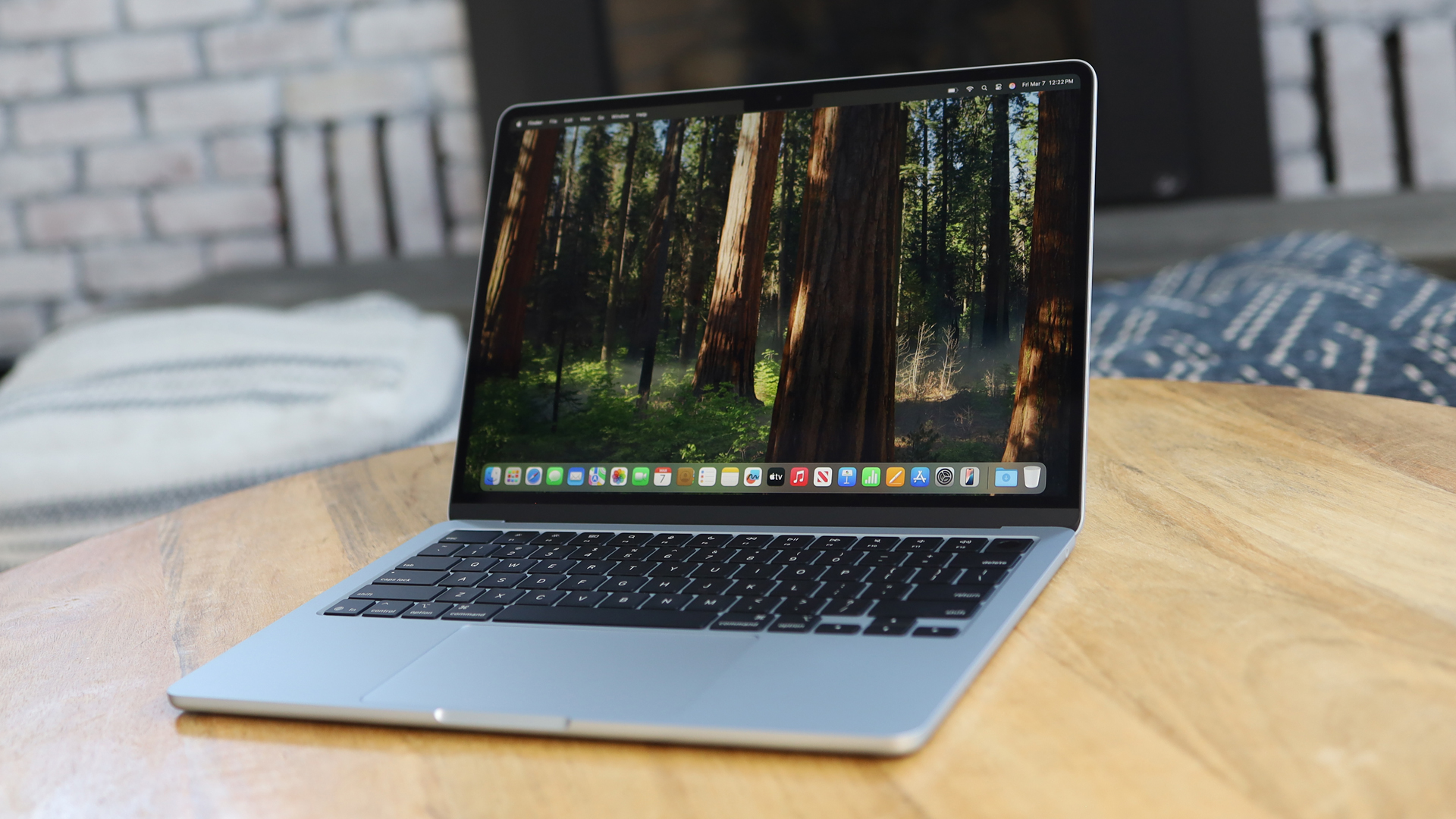I’ve been having this recurring problem with my MacBook Pro for ages now. Every so often the sound in my headphones will inexplicably stop playing from the left speaker.
At first I thought it was a problem with my bluetooth headphones. One of the speakers can, after all, just break for no good reason, so I switched to a wired pair, but after a few days the same problem started happening again.
I thought I was simply unlucky to get the same physical failure twice, and I was about to shell out for another pair of the best headphones when a thought struck me: lightning doesn’t usually strike twice in tech problems.
Hang on, I thought, what if the problem wasn’t the headphones? What if the problem was my Mac?
On a quest
On a mission to track down the source of the issue I fired up System Preferences, hit Sound and I couldn’t believe what I was seeing. In the Output tab the Balance slider had inexplicably shifted to the right.
This was odd because it wasn’t something I ever remember changing. I put it back in the centre, and reached for my original headset (which was on the way to being thrown out with the small electronic recycling), popped them on my head and hit play on Sleep Token’s incredible new album Even in Arcadia. Damn! There was absolutely nothing wrong with the headphones at all; both speakers were functioning perfectly.
I put this all down to it being my fault – human error. In my frantic keyboard tapping as I wrote articles for TechRadar I must have hit some sort of weird key combination that triggered a balance shift in audio output.
I laughed at how stupid I was for buying new headphones and thought, well at least I’ve got a backup pair now.
Life continued as normal for a couple of days until it happened again. I reset the balance to the centre point but an hour later, it happened again. At this point I realized that it wasn’t me that was doing it and something spooky was going on.
Either my Mac was haunted by a ghost who was deaf in one ear, or this must be happening to other people too. I searched Google for the problem, and I was surprised by what I found.
A decades old problem

If you search for “Balance drift” and “Mac”, you’ll find references to the audio balance drift problem going back years. In fact, I found them going back over ten years.
You’ll find references to the problem strewn across the internet like graffiti left on a wall by post-apocalyptic survivors: “The year is 2024 and Apple still has not fixed the audio left/right balance bug in MacOS”, or from 3 years ago“I went into Apple the other day because I figured my one AirPod just broke. They told me the only solution was to buy new AirPods. Glad I found out about the balance issue!”, or from 5 years ago: “Why Apple hasn’t fixed this is beyond me.”
The truth is that we’re in the second decade of the balance drift problem and Apple still has not done anything about it. I was stunned.
This issue seems to be caused by Bluetooth headphones in macOS, however I also experienced it with a pair of wired cans myself. The exact version of macOS you’re running doesn’t seem to matter either, and not everybody experiences the problem.
It feels like pinning down the exact cause of the drift would be a challenge for even the finest of TV’s fictional detectives, but the good news is that there is a simple solution if you find that you are affected.
The solution
You can stop balance drift happening by installing the Balance Lock app from Tunabelly Software Inc.
The description for the app reads: “Noticing that the audio balance for your headphones is going slightly to the left or right? Balance Lock was designed to solve this by keeping the audio centred either in the middle or to a custom lock point. No more annoying left/right audio drift!”
Frankly, I’m amazed that Apple hasn’t fixed this widespread problem yet, despite apps designed to fix it being available on its own App Store. If you’re experiencing the balance drift problem, don’t bin your headphones like I did, simply install this app and the problem will disappear.
The Balance Lock app is available for free on the Mac App store.

